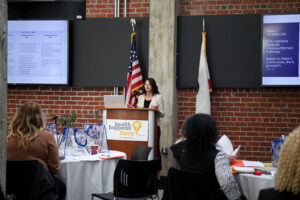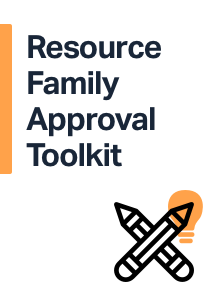The Los Angeles Unified School District’s newly unveiled draft Local Control Accountability Plan (LCAP) demonstrates the promise of California’s new school funding scheme – the Local Control Funding Formula (LCFF) – for foster youth. The draft plan includes nearly $10 million in new services for foster youth and the hiring of nearly 100 new counselors or psychiatric social workers to work directly with foster youth. The new staff will provide each foster youth with a comprehensive academic assessment and an Individual Learning Plan.
The Alliance is part of the Coalition for Educational Equity for Foster Youth, a group of education and child welfare advocates, who developed a Sample LCAP for Foster Youth to guide districts in adopting best practices to meet the needs of foster youth. In addition to closing the achievement gap by 10% each year, the Sample LCAP calls for the hiring of foster youth education counselors to provide assessments and direct support to students in foster care—the central component of LAUSD’s draft plan.
The coalition recognizes that LAUSD’s budget allocation is a historic investment for foster youth, but still sees areas for improvement, including:
- District level leadership and staffing to train and supervise the new cadre of foster youth counselors and establish collaborations with other county agencies and partners.
- Dedicated funding for needed services identified in youth’s Individual Learning Plans.
- Outcome goals that aim higher and are on par with goals for other targeted subgroups.
- The LCAP should include a goal to improve school stability, one of the biggest barriers to educational success for foster youth.
Under LCFF, LAUSD and every other school district in the state is receiving additional funding based on the number of foster youth, English language learners and low-income students in their district. These funds and autonomy come with increased accountability for closing the achievement gap for these youth. LCFF requires school districts to develop, with parent and stakeholder input, Local Control Accountability Plans that spell out how the district will use its funds to improve educational outcomes for the three target populations.
With over 5,000 students in foster care, LAUSD has—by far—the largest concentration of foster youth in the state. But districts with smaller foster youth populations are adopting similar strategies to meet the unique needs of foster youth. East Side Union High School District in San Jose, with a foster youth population just under 150, recently released its draft LCAP. The district plans to add a social worker to every school as well as a social worker dedicated solely to coordinating support for foster youth. Oakland Unified, with 466 foster youth, is talking about dividing the district into three regions and designating a foster youth coordinator for each region who will in turn develop point people at each school in the region. The district also seems poised to meet the challenge of reducing the foster youth achievement gap by ten percent each year.
Districts must submit draft LCAPs for approval by July 1. We’ll keep you updated on the Coalition’s efforts and new information on LCFF and the LCAP rollout. To learn more, read this article from EdSource or click here.








